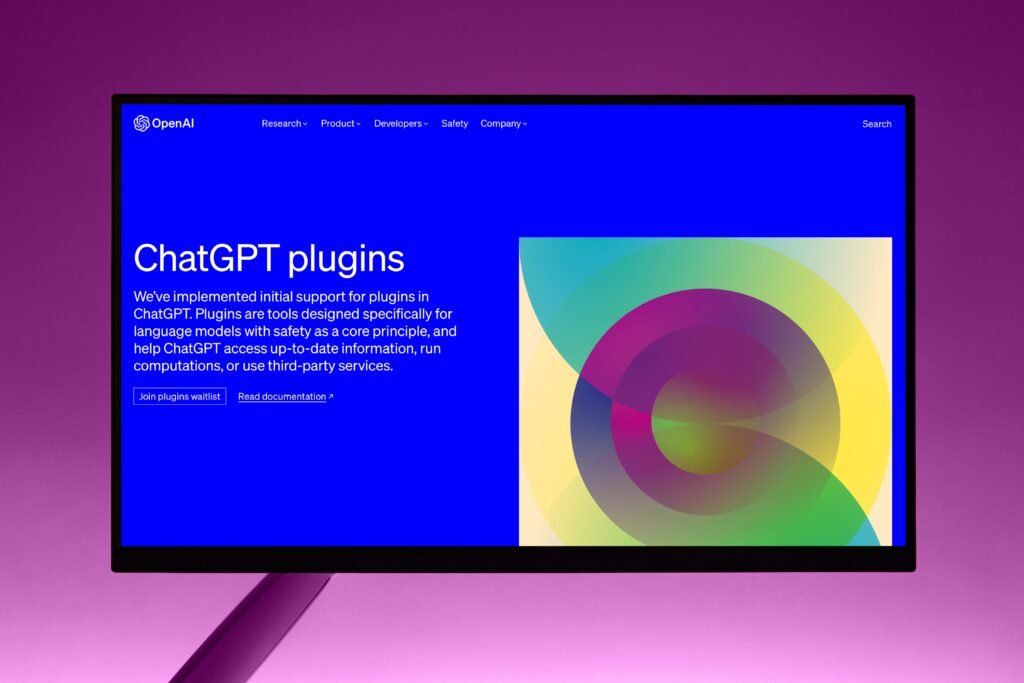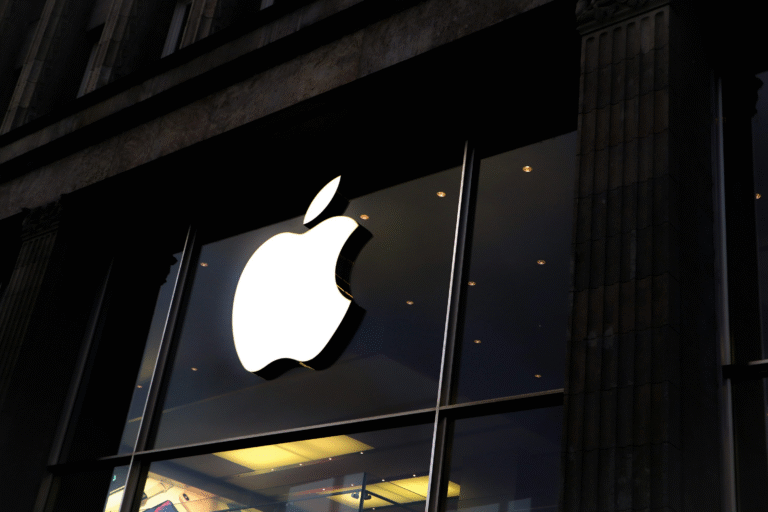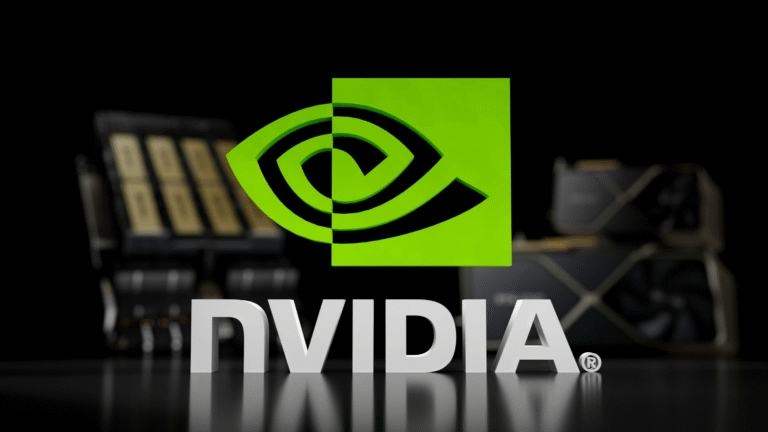
The world of artificial intelligence and natural language processing is ever-evolving, and OpenAI’s ChatGPT is no exception. With each new update and version, ChatGPT becomes more capable, intelligent, and adept at understanding and generating human-like text. In this article, we explore the exciting upcoming updates and versions of ChatGPT and how they are set to revolutionize the AI language model landscape.
ChatGPT’s Journey So Far
Before delving into the future, it’s essential to acknowledge the progress ChatGPT has made. The initial versions, like GPT-3.5, were groundbreaking in their ability to generate coherent and contextually relevant text. They could answer questions, draft text, and even engage in casual conversation, making them incredibly versatile.
The Quest for Better Conversational AI
OpenAI’s quest for better conversational AI has led to a series of updates and improvements. As ChatGPT evolved, so did its capacity to understand nuanced instructions and generate more human-like responses. The introduction of system messages allowed for better control of the conversation’s flow, and developers worldwide began integrating ChatGPT into a wide range of applications, from chatbots to content generation tools.
Upcoming Updates
The future of ChatGPT is promising, with several updates in the pipeline that aim to address its limitations and enhance its capabilities. OpenAI is actively working on reducing biases in ChatGPT’s responses, making it more reliable and less likely to produce inappropriate or biased content. This is a critical step in ensuring that AI models are responsible and ethical.
Fine-Tuning for Specific Tasks
One of the most exciting developments is the ability to fine-tune ChatGPT for specific tasks. OpenAI is working on improving its fine-tuning process, allowing developers to customize the model for a wide range of applications. This means that ChatGPT can be tailored to provide more accurate and context-aware responses in various domains, from healthcare to customer support.
Better Multimodal Capabilities
ChatGPT is also set to become more versatile in processing and generating multimodal content. This means it will not only understand and generate text but also work seamlessly with images, audio, and video. This opens up new possibilities for applications where text-based responses alone may be limiting.
Enhanced Multilingual Support
Language is diverse, and ChatGPT is gearing up to support an even broader range of languages. OpenAI is actively working on expanding its language capabilities to make it more accessible and useful to people worldwide, regardless of their native tongue.
Improved Consistency and Control
One challenge in working with earlier versions of ChatGPT was maintaining consistency in responses. OpenAI is addressing this by providing users with more control over the AI’s behavior. This includes the ability to customize the AI’s tone, style, and responses, ensuring that it aligns with the user’s requirements.
Collaborative AI Development
OpenAI recognizes the importance of collaboration in shaping the future of AI. They are actively seeking feedback from users and developers to make ChatGPT more user-friendly, safe, and effective. This collaborative approach ensures that the AI model meets the evolving needs of its users.
The future of ChatGPT is filled with promise and potential. With each upcoming update and version, it moves closer to becoming a versatile, ethical, and highly customizable tool for various applications. As OpenAI continues to fine-tune its capabilities and address its limitations, ChatGPT is set to play an even more significant role in the world of artificial intelligence, transforming the way we interact with and leverage AI-powered language models. Stay tuned for these exciting updates that will shape the future of ChatGPT and AI-driven communication.








